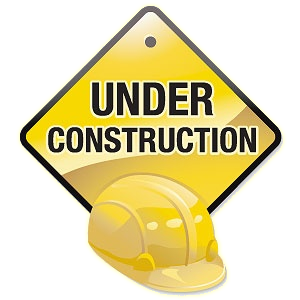The Best Way to Maintain Your Backyard Fence
 Your fence should provide you with many years of service; more if you make certain that it is adequately preserved and you carry out routine maintenance check ups.
Your fence should provide you with many years of service; more if you make certain that it is adequately preserved and you carry out routine maintenance check ups.
Wood Preservatives
If at all possible, buy fence timber which has been factory-impregnated with preservative, as this is considerably more effective in infiltrating below the surface of the wood than home applied treatments. When erecting a fence, any cut ends must be soaked in preservative for a day before use.
Unless fences are built of a natural rot-resisting timber, like cedar or oak, you\’ll also need to treat them regularly with a wood preservative. Re-apply solvent-based products every two or three years and water-based preservatives or creosote every four years.
Creosote
Creosote is an effective and popular treatment for preserving fencing. Nevertheless, it’s got a very strong smell, which many people may find objectionable. It’s also poisonous if inhaled, ingested or absorbed through your skin, which means you must wear protective clothes when applying it. Because of this, creosote isn’t suitable for fences which support plants.
Water Based Preservatives
These are generally a lot less noxious to plants and also less unpleasant to use. They prevent the growth of surface moulds and enhance the physical appearance of the timber. However, they’re normally less effective at controlling rot.
Wood-Pitch Preservatives
These kinds of preservatives produce a barrier that helps prevent water penetration, making the timber too dry for bacterial action.
Fixing Support Posts
Among the important problems which develops as a fence ages is broken timber support posts. If the damage reaches soil level, the best way of fixing is using a concrete spur – this is a small post sunk into the ground alongside the current one and bolted to it to give support.
Dig a hole 45-60 cm (18-24 in) deep about the damaged post and cut off the rotten part.
Paint the cut end of the timber post with a wood preservative.
Place the concrete spur in the hole, resting it against the post, and pack hardcore around the bottom to support it.
Push bolts through the holes in the spur and tap them with a hammer hard enough to leave an impression on the wooden post.
Remove the bolts and spur and then drill holes through the post for your bolts.
Bolt the concrete spur onto the post, tightening the nuts on the spur side so that the wooden post is not harmed.
Make certain that the post and spur are vertical, if necessary brace them in position temporarily with stakes driven into the ground.
Fill the hole using a fairly stiff concrete mix tamping it down securely to remove any air pockets.
Once the concrete has set (usually after around a week), get rid of the supporting stakes and saw off any excess length from the protruding bolts.
Repairing Arris Rails
Damaged arris rails can be easily repaired with specially angled metal brackets. These can be found in styles either to support a rail which has rotted where the end fits into the post, or to brace a broken rail in the center. Either styles are simply screwed into place.

